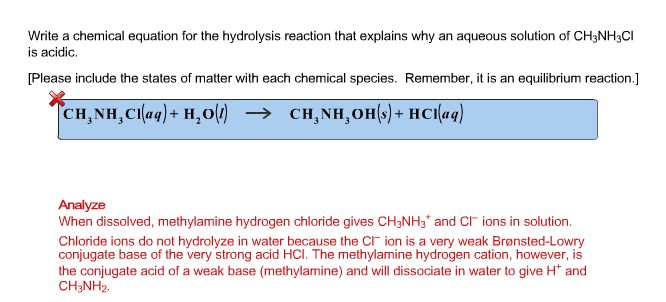CHEM 1033 Chapter Notes - Chapter 4.2: Alkaline Earth Metal, Hydronium, Antacid
Document Summary
An acid-base reaction is one in which a hydrogen ion, h+, is transferred from one chemical species to another. An acid is a substance that will dissolve in water to yield hydronium ions, h3o+. As an example, consider the equation shown here: (cid:1829)(cid:4666)(cid:1869)(cid:4667) + (cid:2870)(cid:1841)(cid:4666)(cid:1869)(cid:4667) (cid:1829) (cid:4666)(cid:1869)(cid:4667)+(cid:2871)(cid:1841)+(cid:4666)(cid:1869)(cid:4667) The process represented by this equation confirms that hydrogen chloride is an acid. When dissolved in water, h3o+ ions are produced by a chemical reaction in which h+ ions are transferred from hcl molecules to h2o molecules. Strong acids: virtually every hcl molecule that dissolves in water will undergo this reaction. Acids that completely react in this fashion are called strong acids. Weak acids: a far greater number of compounds behave as weak acids and only partially react with water, leaving a large majority of dissolved molecules in their original form and generating a relatively small amount of hydronium ions.


